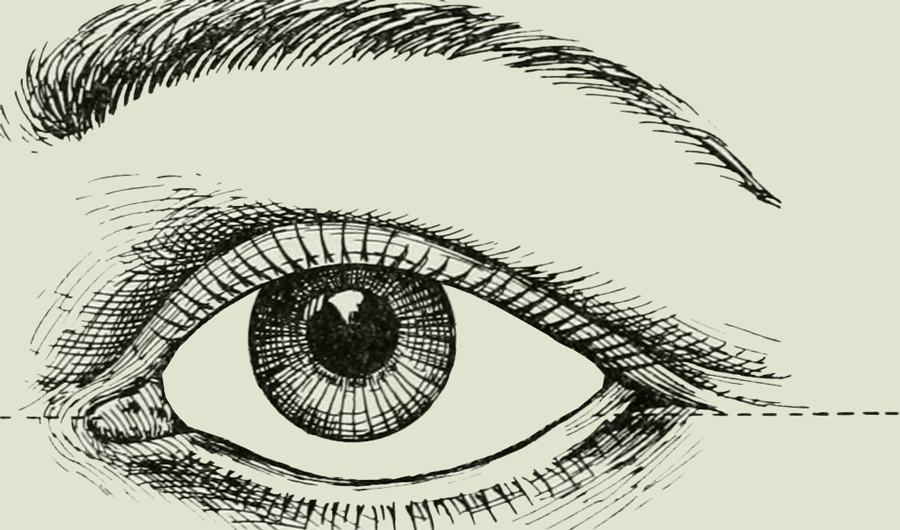
Peripheral Vision and the power of its blessings
Neurologists are studying the differences between stimuli from peripheral and central visions. They study this in the context of a bigger question, namely, “How does the brain respond to environmental stimuli which are not perceived consciously but which lead to modulated human behavior?”. The brain, for example, is able to trigger certain changes in the nervous system in response to facial expressions. Besides, such a response can arise even when a person’s attention is not fully there. Unconsciously perceived fear in the peripheral vision alerts the brain faster than fear presented in the central vision. These two finding is according to researchers at the university of Lyon, France. Is there something more to the vision from the corner of the eye?
Poems of devotion on Peripheral vision!
Poets in the past have glorified the power of the corner of the eye glance. Siddhars texts say that the divine mother showers her blessings through the corner of her eyes, her glace. Firstly, Indian languages set aside a special term for the sidelong look. Secondly, in the Tamil language, it is called Kadaikann (கடைக்கண்) in Tamil. It equivalent in Sanskrit is Kataaksha (कटाक्ष). The language roots of this term is interesting also. They make us wonder if the poets were aware of neurological nuances of brain which relate to vision.
The word Kataaksha is a combination of Kata (to go) and Aksha (eye). However, this combination combination sounds like an oxymoron. But is it? Physicians say that the loss of peripheral vision leads to “tunnel vision“. Besides, a person experiencing tunnel vision loses the ability to sense motion. Therefore, they can not walk without crashing into things. Did the poets who coined the word “Kataaksha” sense the close connection between peripheral vision and mobility (to go).
The interpretation of the word “Kataaksha” as blessings in devotional poems may not be accurate. According to Siddhars, a liberated being sees the world as a part of his own self and as a reflection in his own heart. Therefore, everything is like a peripheral vision stimuli to the brain in an altered state of consciousness. Scientists studying the meditative state of the brain have a lot more uncover!
